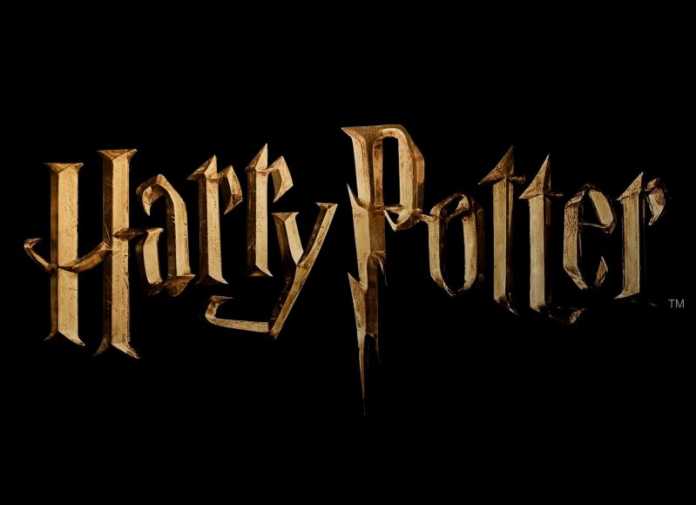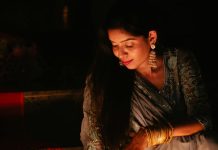We believe that learning is most meaningful when it is taught in actual language used in real life. An important goal in the primary years is to ensure children see that learning language and literacy has a purpose. We implement the whole language approach – listening, speaking, reading and writing to teach any language in our curriculum.
We use the integrated – intra-disciplinary approach wherein we teach language through literature units.We also integrate English with other subjects to connect with concepts and skills of other disciplines including implicit curriculum outcomes which make learning permanent and in the long term memory for children.The Literature units selected are developmentally appropriate which caters to their cognitive and social/emotional levels in the primary grades. In Grade 4 children are ready to explore the world of magic and differentiate between fact and fantasy.
In 2005 we introduced the book ‘Harry Potter and the Philosopher’s stone’ in our curriculum to teach language in Grade 4. Since the last 10 years this literature unit has been an integral part of KKEL’s English curriculum. Children can relate to it and the plans created engage them in fun activities which help achieve the desired learning outcomes.
Goals/Outcomes
The learning objectives for the explicit and implicit curricula are mentioned including Integrated (Interdisciplinary) subject outcomes.
Language
Advertisements: Diary Writing (first day at school), Onomatoepia, Crosswords
Using wrds in context, Dialogue, Write a dragon story, Story settings, letter of invitation
Environmental Science
Festivals of England – Guy Fawkes day, Halloween, Christmas, Coat of Arms, Seals, The Tower of London, Currency, Postal system, Duels, Jelly beans.
Map – Wizard shopping centre.
Grid– Reading a grid.
Comparing festivals, sequencing, Cause and effect, Venn diagram, Snowy Owls, Komodo Dragons
Creative Thinking
Invent a new sport, Create a motto, Shopping, New flavours for jelly beans, Create another schoolhouse, Writing a school song, Owl post, New magic potion, Leaflet on Quiddtch, How would you use your Invisibility Cloak, Make your own compound words
Grammar
Adjectives of comparison, Capitalisation, Direct Indirect Speech, Proof Reading,
Art and hands on activities
Make a book cover, Make Hanging snake, Design a logo and house crest, Painting house crest on T-shirts, Draw Fluffy, Sorting hat organizer, Jack-O’-Lanterns, Ghost pop up card, Halloween recipes, Learning to play chess, Make a paper dragon
Poetry
Haiku poetry, The Road not Taken, The fog, The Blind Men and the Elephant
Maths
Word problems, Converting wizard currency, Fractions
Grids, Reading a graph.
Famous Magicians
PC Sorcar, Houdini, David Copper field
Critical Thinking
Character traits, Dealing with anger, bullying, using magical powers for good. Your desires, dealing with conflict, coping with being a hero, bridges of friendship, Home work.
Commentary
On an everyday activity
Implicit Curriculum
Separation from parents at a tender age,Breaking rules for a noble cause,Living in house where one is despised and treated badly,Not knowing one’s identity and real parents
Mythology, Legends, Supernatural
Owls in mythology, Phoenix, Unicorn, Dragons, Ghosts, King Midas, Centaurs, Cerberus the guard dog
Sport
Chess, Basketball, Quidditch, Football
Technology
Send a Harry Potter an e-card
Research
About the author, All about Owls, Boa constrictor
Movies
Harry Potter and the Philosophers stone, Bicentennial Man
Debate, Role Play, Discussion
Is it good to live forever?
Some of the other books we picked across grades are, in grade 2 children learn ‘The Owl who was afraid of the Dark’ by Jill Tomlinson, the objective was to make children learn how to cope with anxieties and develop self-awareness and differentiate between nocturnal and diurnal animals. Grade 7 has ‘The Monk who sold his Ferrari’ by Robin Sharma as part of their curriculum. Through this book children explore attitudes and habits that one should imbibe. In Charlie and the Chocolate Factory students use the scale of Godiva to Cadbury for this understanding. In Harry Potter they compare the 3 magic wands across other brands and understand and match products to the luxury, affordable and mass brand markets. Innovation and entrepreneurship is developed in Charlie and the Chocolate Factory as students create a manufacturing unit and understand a start up from all angles: brand, marketing, legal, financial. In Harry Potter – they look at the author’s creativity around the school of Witchcraft and Wizardry and go on to create ‘Steve Jobs school of Innovation’ and ‘Dalai Lama’s.





























